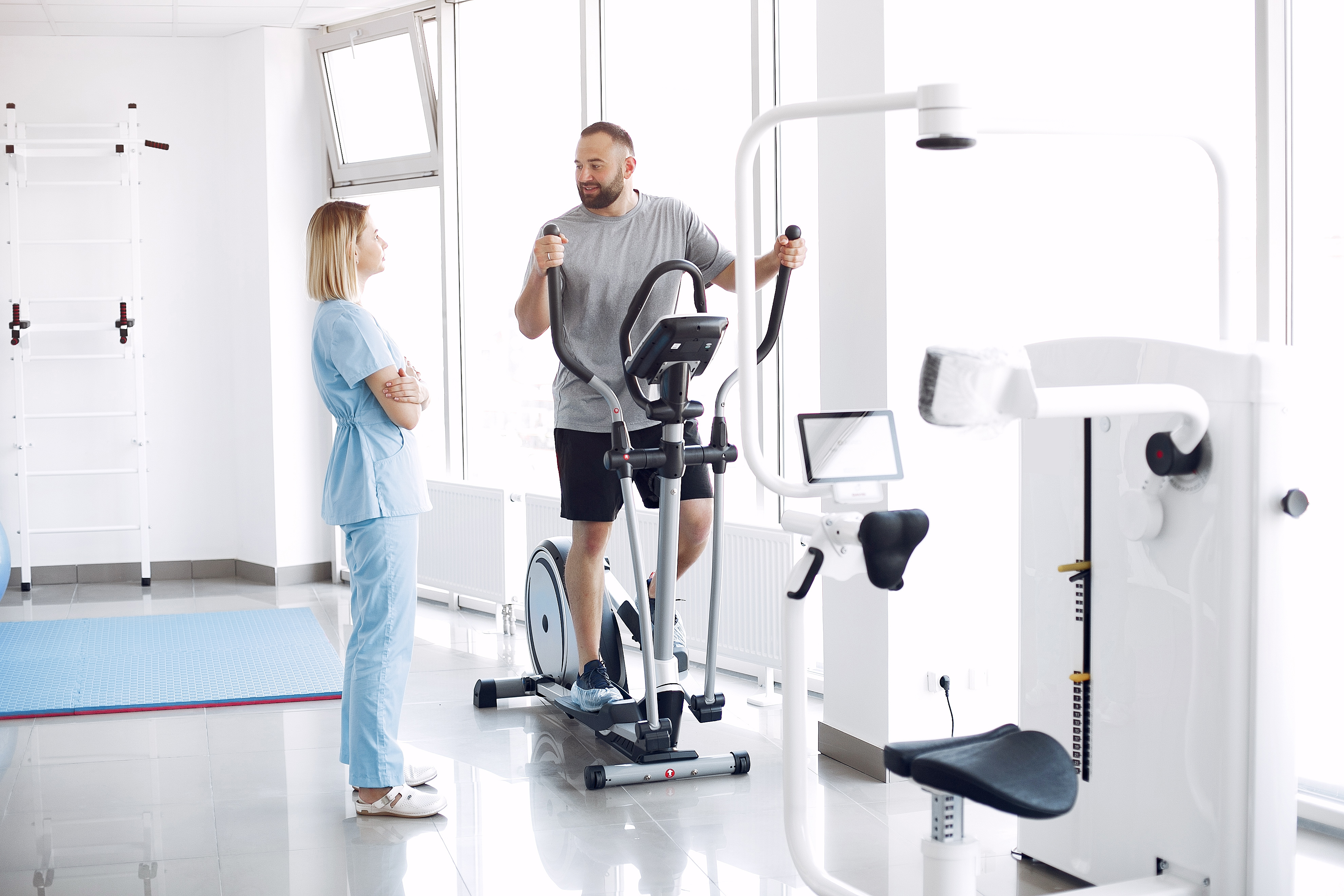Top 10 Alcohol Relapse Statistics

- Relapse rates for alcohol addiction hover around 40-60%, which is similar to the relapse rates for other chronic diseases like asthma and hypertension.
- Approximately 65% of individuals in recovery report that stress is a primary trigger for relapse.
- The risk of relapse decreases as the length of sobriety increases. After one year of sobriety, the relapse rate drops to around 50%, and after five years, the rate falls to 15%.
- Individuals with strong social support networks are less likely to relapse. In fact, 40% of individuals in recovery report that having a support network was vital to their success.
- Unemployed individuals are more likely to relapse, with a relapse rate of 65%, compared to 45% for those who are employed.
- Studies have shown that individuals who attend AA meetings regularly are more likely to maintain sobriety, with a 60% reduction in the risk of relapse.
- Men and women have different relapse rates, with men at 48% and women at 62%.
- Younger individuals have higher relapse rates, with those aged 18-24 having a relapse rate of 61%, compared to 40% for those aged 45 and above.
- Individuals with higher levels of education have lower relapse rates, with college graduates having a 35% relapse rate compared to 53% for those with a high school education or less.
- Individuals with co-occurring mental health disorders are more likely to experience a relapse, with a rate of 69% compared to 43% for those without mental health issues.

How Many Alcoholics Relapse?
- On average, it is estimated that 40-60% of alcoholics will experience a relapse at some point in their recovery journey.
- Within the first year of sobriety, around 50% of individuals are likely to relapse.
- After maintaining sobriety for five years, the risk of relapse significantly decreases to approximately 15%.
When Is Alcohol Relapse Most Likely?

- During the first 90 days of sobriety: The risk of relapse is highest during this initial period, with a relapse rate of up to 75%.
- In response to stress: As mentioned earlier, approximately 65% of individuals in recovery report that stress is a primary trigger for relapse.
- Following negative emotional events: About 55% of alcoholics are more likely to relapse after experiencing negative emotions or conflicts with others.
- During social situations: Around 40% of individuals in recovery report that being in social situations where alcohol is present increases their likelihood of relapsing.
- When experiencing cravings: Approximately 50% of people in recovery report that strong cravings for alcohol significantly contribute to their risk of relapse.
- Lack of a solid support system: Around 70% of individuals who experience relapse cite the absence of a strong support network as a contributing factor.
- Insufficient coping skills: Approximately 60% of people in recovery report that inadequate coping mechanisms for dealing with stress and emotional triggers contribute to their relapse.
- Exposure to environmental cues: About 50% of individuals who relapse attribute it to being in environments or situations that remind them of their past alcohol use.
- Unrealistic expectations about sobriety: Roughly 40% of those who experience relapse have unrealistic expectations about the challenges and rewards associated with maintaining sobriety, leading to disappointment and eventual relapse.
- Complacency in recovery: An estimated 35% of people who relapse become complacent in their recovery efforts, neglecting essential practices like attending support group meetings or therapy sessions.
How Many Alcoholics Relapse after Recovery?
- Within the first month of recovery: Approximately 33% of alcoholics are likely to relapse within one month after completing treatment.
- Between one and six months into recovery: The relapse rate for individuals who have maintained sobriety for one to six months is around 50%.
- Between six months and one year of sobriety: Individuals who have been sober for six months to a year experience a relapse rate of approximately 40%.
- One to three years into recovery: The relapse rate decreases further in this period, with roughly 25% of individuals experiencing a relapse.
- Three to five years post-recovery: During this timeframe, the relapse rate falls to around 20%, indicating increased stability in sobriety.
- Over five years into sustained recovery: Long-term recovery significantly lowers the risk of relapse, with only about 15% of individuals experiencing a return to alcohol use.

Alcohol Relapse Statistics by Age Group

- 18-24 years old: This age group experiences the highest relapse rate, with approximately 61% of individuals experiencing a relapse.
- 25-34 years old: The relapse rate for this age group is around 52%, showing a decrease compared to the younger population.
- 35-44 years old: Individuals in this age group have a relapse rate of approximately 45%, indicating continued improvement with age.
- 45 years and older: The lowest relapse rate is found among those aged 45 and above, at around 40%.
Alcohol Relapse Statistics by Gender
- Men: Men tend to have a lower relapse rate compared to women, with approximately 48% of men in recovery experiencing a relapse.
- Women: Women have a higher relapse rate than men, with about 62% of women in recovery returning to alcohol use at some point.
What Percentage Of Alcoholics Recover And Stay Sober?
- Lifetime recovery rate: It is estimated that 50% of alcoholics eventually achieve long-term sobriety and recovery during their lifetime.
- One-year mark: Approximately 35% of alcoholics manage to stay sober for at least one year after receiving treatment.
- Three-year mark: About 57% of individuals who have maintained sobriety for one year are able to continue staying sober for at least three years.
- Five-year mark: Roughly 85% of alcoholics who have achieved five years of continuous sobriety are likely to maintain their abstinence in the long term.
- Ten-year mark: Approximately 90% of individuals who have maintained sobriety for ten years or more are expected to remain sober for the rest of their lives.
Types Of Alcohol Relapses
- Emotional relapse: Approximately 30% of alcohol relapses are triggered by emotional factors, such as anxiety, depression, or feelings of loneliness.
- Situational relapse: Around 25% of relapses occur due to situational triggers, such as attending social events where alcohol is present or encountering environmental cues that remind individuals of their past drinking habits.
- Physical relapse: Approximately 20% of alcohol relapses are driven by physical factors like withdrawal symptoms or cravings for alcohol.
- Cognitive relapse: About 15% of relapses involve cognitive factors, such as distorted thinking patterns or rationalizing reasons to consume alcohol again.
- Spiritual relapse: Roughly 10% of alcohol relapses can be attributed to a decline in spiritual well-being or losing sight of one's values and purpose in life.

Alcohol Recovery Statistics
- Treatment success rate: Approximately 33% of individuals who undergo treatment for alcohol addiction successfully maintain sobriety in the long term.
- Inpatient vs. outpatient treatment: Inpatient treatment programs have a higher success rate at 65%, compared to outpatient programs with a 52% success rate.
- AA involvement: Individuals who actively participate in Alcoholics Anonymous (AA) have a recovery success rate of 58%, compared to those who do not attend AA meetings, with a success rate of 39%.
- Early intervention: Early intervention in alcohol addiction increases the chances of successful recovery by up to 40%.
- Cognitive-Behavioral Therapy (CBT): Individuals who receive CBT as part of their treatment plan have a recovery success rate of approximately 60%.
- Medication-assisted treatment: The use of medication-assisted treatment, such as naltrexone or acamprosate, can increase the likelihood of long-term recovery by up to 25%.
- Family involvement: Involving family members in the recovery process can increase the success rate by up to 50%.
- Dual diagnosis treatment: Addressing co-occurring mental health disorders alongside alcohol addiction treatment increases the chances of successful recovery by 35%.
FAQs
How can I reduce my risk of relapse?
You can decrease your risk of relapse by developing healthy coping mechanisms, attending support group meetings, seeking professional therapy, maintaining a strong social support network, and avoiding situations that trigger cravings or expose you to alcohol.
Are certain individuals more prone to relapse than others?
Yes, factors such as age, gender, education level, employment status, mental health conditions, and the strength of one's support system can influence an individual's likelihood of relapsing.
Can medication help prevent alcohol relapses?
Medication-assisted treatment options like naltrexone or acamprosate have been shown to increase the chances of long-term recovery by up to 25%. These medications should be used in conjunction with therapy and other recovery strategies.
What role does family play in preventing relapses?
Involving family members in the recovery process has been shown to improve success rates by up to 50%. Family support can provide encouragement, accountability, and assistance in managing stressors that may contribute to relapse.
How effective is Alcoholics Anonymous (AA) in preventing relapses?
Active participation in AA has been associated with a 58% recovery success rate compared to non-participants with a success rate of 39%. Regular attendance at AA meetings can provide valuable peer support and help reinforce coping strategies for maintaining sobriety.
Conclusion
In summary, alcohol relapse statistics reveal the complex nature of addiction recovery and highlight the importance of a comprehensive approach to treatment. Factors such as age, gender, mental health conditions, and support systems can significantly influence an individual's likelihood of relapse.
To increase the chances of long-term sobriety and decrease relapse rates, it is crucial to utilize a combination of evidence-based strategies, including therapy, medication-assisted treatment, support groups like Alcoholics Anonymous, family involvement, and early intervention.
By understanding these statistics and implementing effective interventions tailored to each individual's unique needs and circumstances, we can foster stronger recovery outcomes and support those on their journey towards lasting sobriety.
References
https://www.ncbi.nlm.nih.gov/pmc/articles/PMC1976118/
https://emedicine.medscape.com/article/285913-followup?form=fpf
https://www.camelbackrecovery.com/blog/alcohol-relapse-rates/
https://www.addictiongroup.org/resources/sobriety-statistics/

.jpg)
.png)
.png)


.png)
.png)
.png)
.png)



